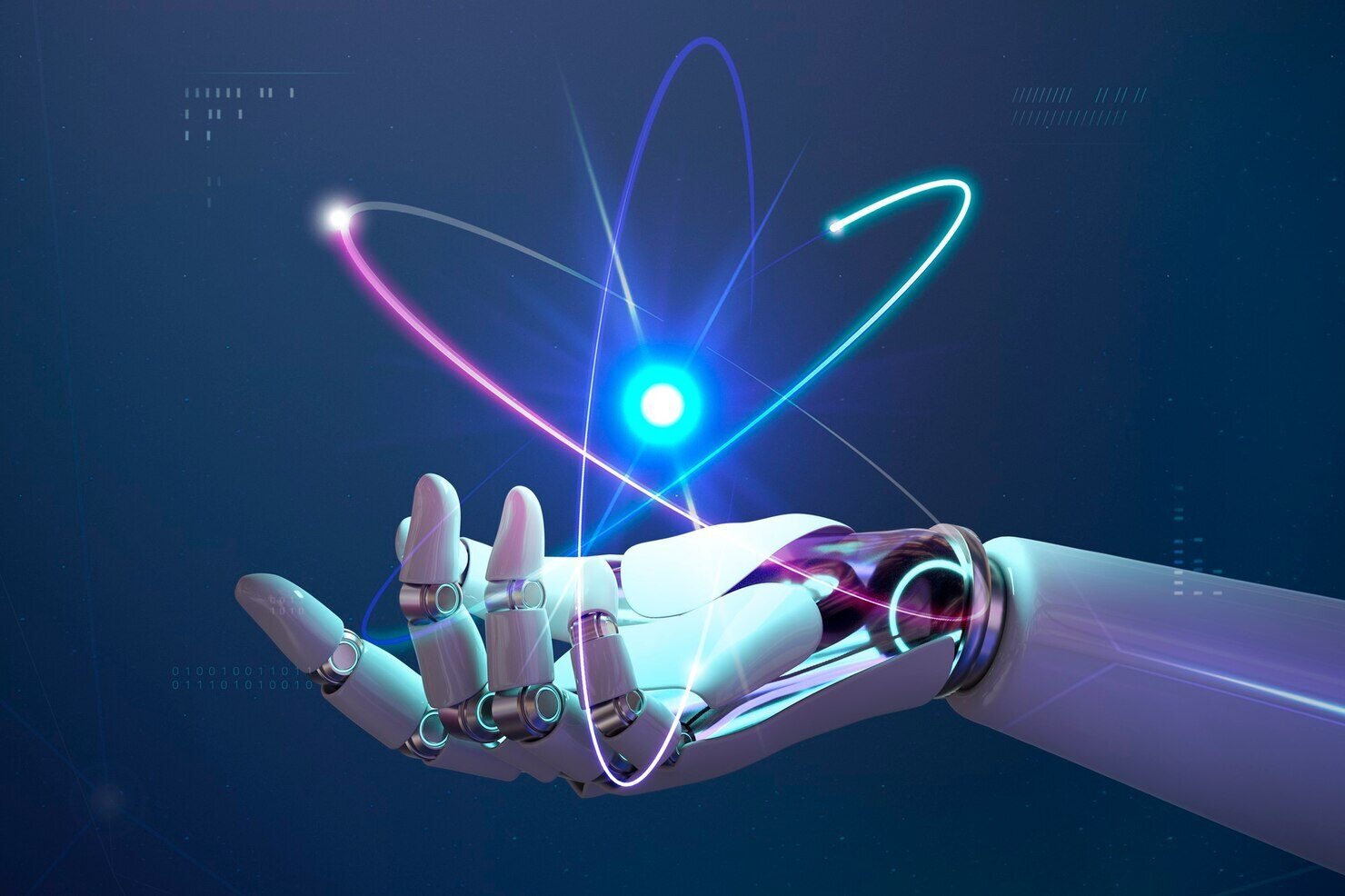In just a few years, the rapid development of artificial intelligence (AI) has transformed many aspects of our lives. AI has brought convenience and efficiency across various fields.
However, there are also negative impacts of artificial intelligence that we need to be aware of. Like any other technology, irresponsible use of AI can lead to significant drawbacks.
This article will explore AI, its benefits, and its negative consequences, including the increasingly prevalent issue of deepfake technology.
Understanding Artificial Intelligence and Its Benefits
Before diving into the negative impacts of artificial intelligence, let’s first understand what AI is. Artificial Intelligence (AI) is a technology that enables machines or computers to mimic human abilities such as thinking, learning, problem-solving, and decision-making. AI is developed through algorithms that process data, learn from it, and make decisions or perform tasks without direct human involvement. In other words, AI is designed to work autonomously to assist human tasks.
There are various types of AI, from simple AI used for specific tasks like chatbots to more complex AI such as machine learning and deep learning, which allow machines to continuously learn and improve as more data is added.
AI technology has made many aspects of life easier. Here are some of its benefits:
-
Work Automation: AI automates routine tasks across industries, such as data analysis, inventory management, document processing, and other repetitive tasks. This reduces operational costs and increases efficiency.
-
Customer Service: Many companies utilize AI-powered chatbots to serve customers. These chatbots can answer simple questions, provide product information, and resolve issues without human intervention. AI chatbots even operate 24/7 to enhance user satisfaction.
-
Healthcare: AI assists medical professionals in diagnosing diseases, analyzing lab results, and identifying potential health risks early. In radiology, for example, AI is used to analyze medical images for more accurate detection of abnormalities that doctors might overlook.
-
Product and Content Recommendations: When we shop online or watch content on platforms like Netflix and YouTube, AI helps by providing personalized recommendations. This technology analyzes user behavior and suggests products or content that match their interests.
Negative Impacts of Artificial Intelligence
Despite its many advantages, we must also recognize the negative impacts of artificial intelligence, which can affect employment and even human emotions. Some of the major drawbacks include:
1. A Serious Threat to Jobs
One of the most direct negative impacts of artificial intelligence is job loss. Many companies have shifted to AI-based automation, leading to workforce reductions.
In industries such as manufacturing, banking, and customer service, AI has replaced thousands of workers performing routine tasks. AI can work 24/7 without fatigue, does not require leave, and does not need benefits, making it an economically attractive option for businesses.
This negative impact of artificial intelligence poses a serious threat to workers across various industries. If this trend continues, unemployment rates may rise, potentially causing economic and social instability.
2. Overdependence on Technology
Although AI makes life easier, one of its negative impacts is overdependence on technology. When we rely too much on AI for work and decision-making, we risk losing essential human skills such as critical thinking, problem-solving, and creativity.
For instance, with AI’s ability to analyze vast amounts of data and provide instant solutions, people may no longer put effort into understanding problems deeply or seeking alternative solutions. Over time, this could lead to a generation overly reliant on technology for decision-making, from simple choices to complex problems.
3. Data Security and Privacy Risks
One of the major negative impacts of artificial intelligence is threats to data security and privacy. AI requires access to vast amounts of data to function effectively, including personal information, medical records, shopping habits, and online activities. This data is processed by AI algorithms to provide more personalized services. Unfortunately, this opens the door for potential misuse.
If mishandled, data collected by AI could fall into the wrong hands and be used for malicious purposes, such as identity theft, fraud, or even extortion.
4. A Tool for Manipulation and Cybercrime
AI also enables technology misuse in highly concerning ways. One alarming example is deepfake technology, which uses AI to create hyper-realistic fake videos or audio recordings.
This technology has existed for years and is widely used in the film industry. Unfortunately, deepfake is now being exploited for malicious purposes, such as spreading political misinformation, damaging reputations, or even committing financial fraud.
Deepfake and Its Negative Impacts
Deepfake is one of the most concerning examples of AI misuse. With deepfake, a person’s face or voice can be manipulated and combined with another video to create a seemingly real yet fake clip.
Here are some of the negative impacts of artificial intelligence through deepfake technology:
First, deepfake can be used to spread false information to deceive the public or damage someone’s reputation. For example, in politics, deepfake videos can be fabricated to portray a candidate or former president making inflammatory statements.
Second, deepfake can be a tool for extortion. Criminals can create fake videos and threaten to release them unless they are paid. Identity theft is another risk, where deepfake is used to impersonate individuals in financial fraud or digital manipulation schemes.
Third, deepfake enables fraud by creating impersonations that look and sound like real people. Hackers use deepfake technology to bypass biometric verification processes, allowing them to register stolen personal data in financial applications such as banking or online loans.
Conclusion: Balancing AI’s Benefits and Risks
Artificial intelligence undoubtedly offers many benefits that make our lives easier. However, behind its advantages lie risks and negative impacts that cannot be ignored, particularly in job automation, data privacy, and the misuse of technology like deepfake.
Digital identity companies such as VIDA provide identity verification technology to combat deepfake threats. VIDA integrates biometric verification, document verification, deepfake detection, and fraud detection into a single platform. This advanced combination helps prevent the negative impacts of artificial intelligence, particularly AI-generated fraud, by up to 99.9%.

.png)


